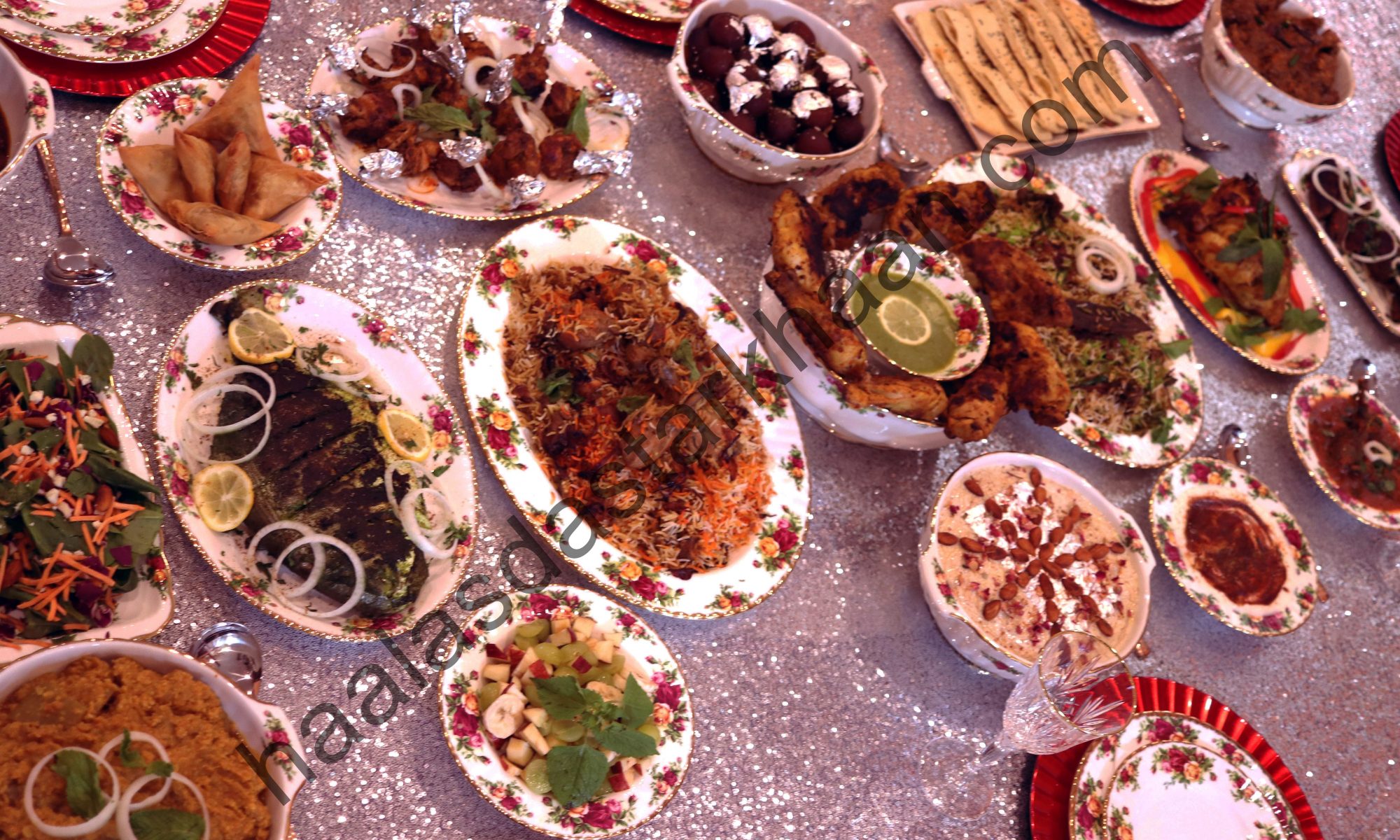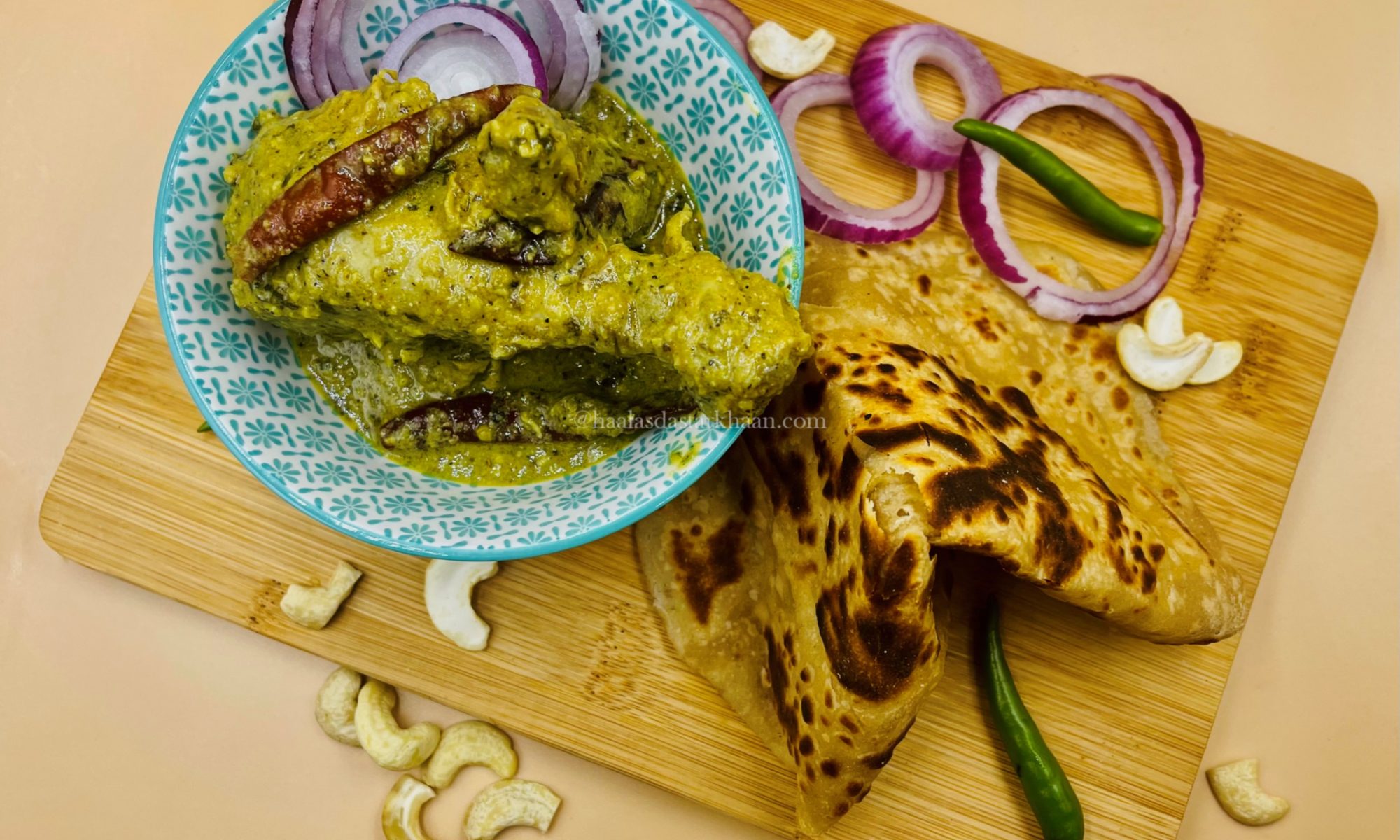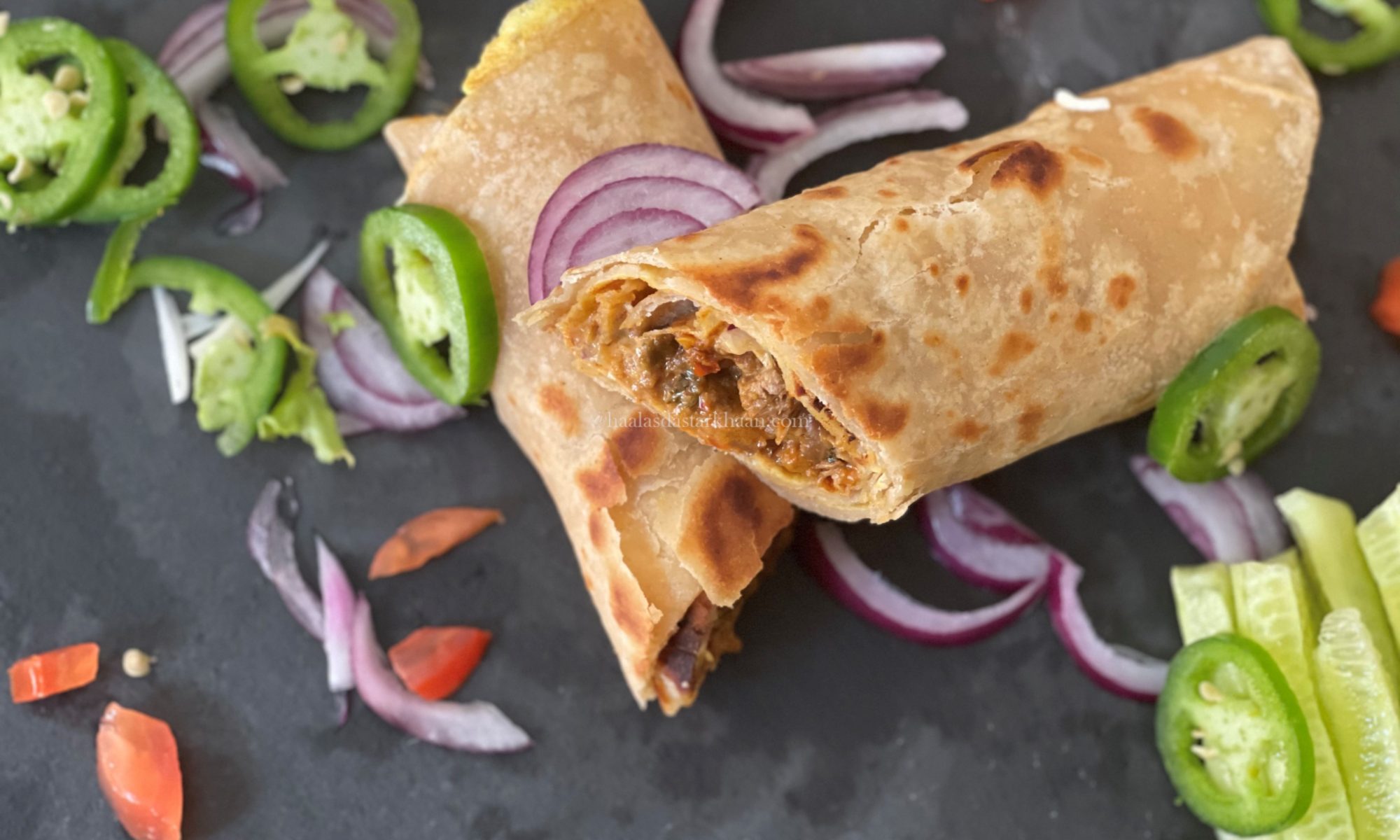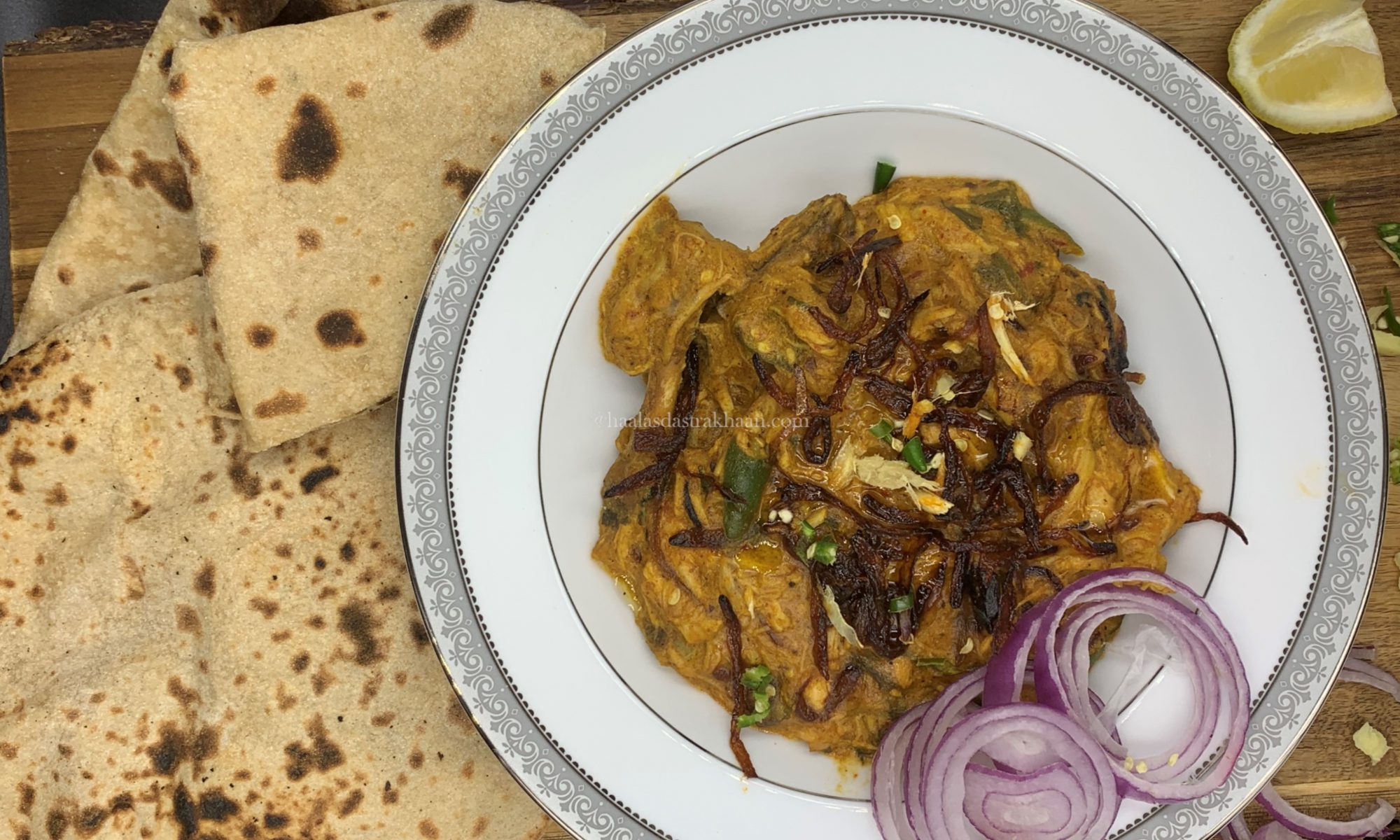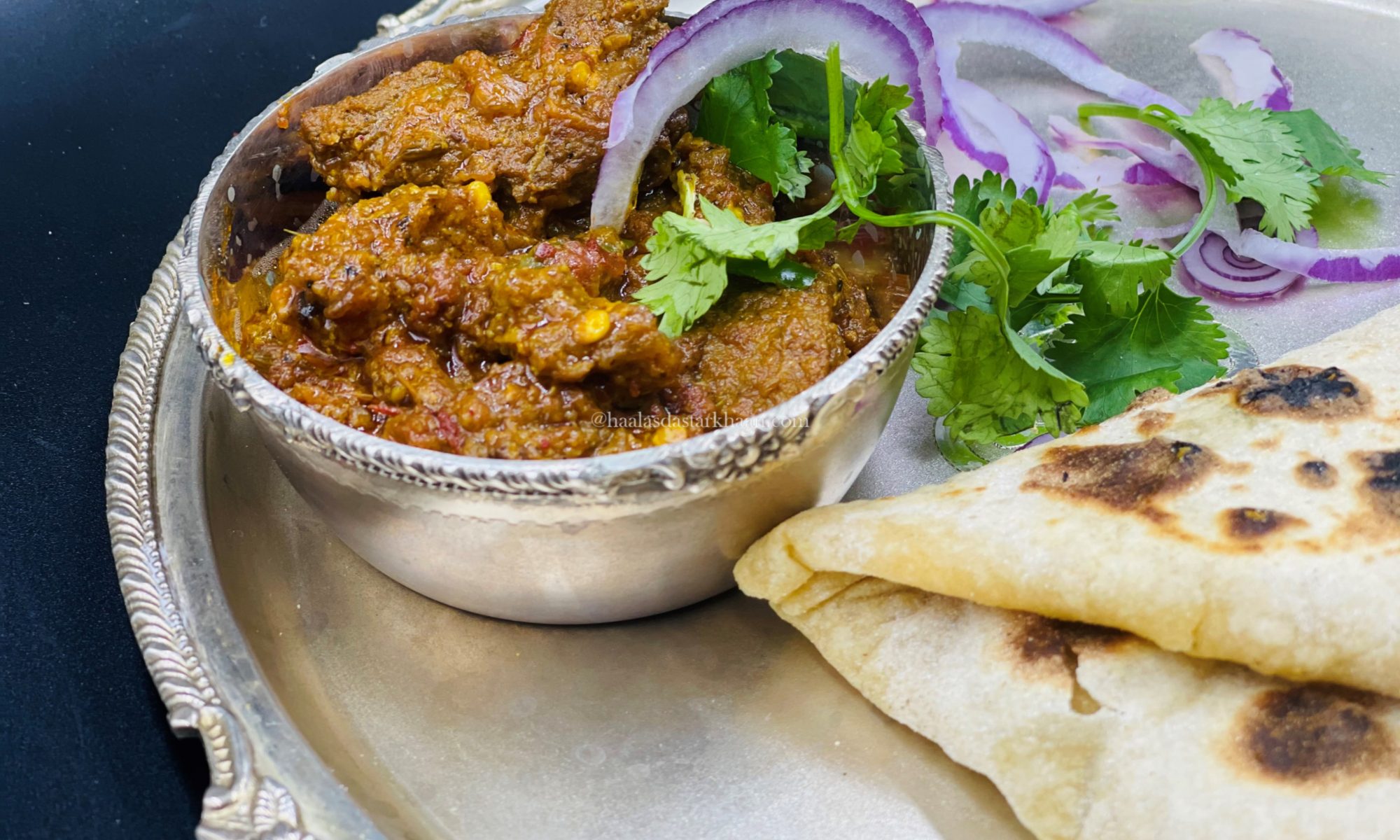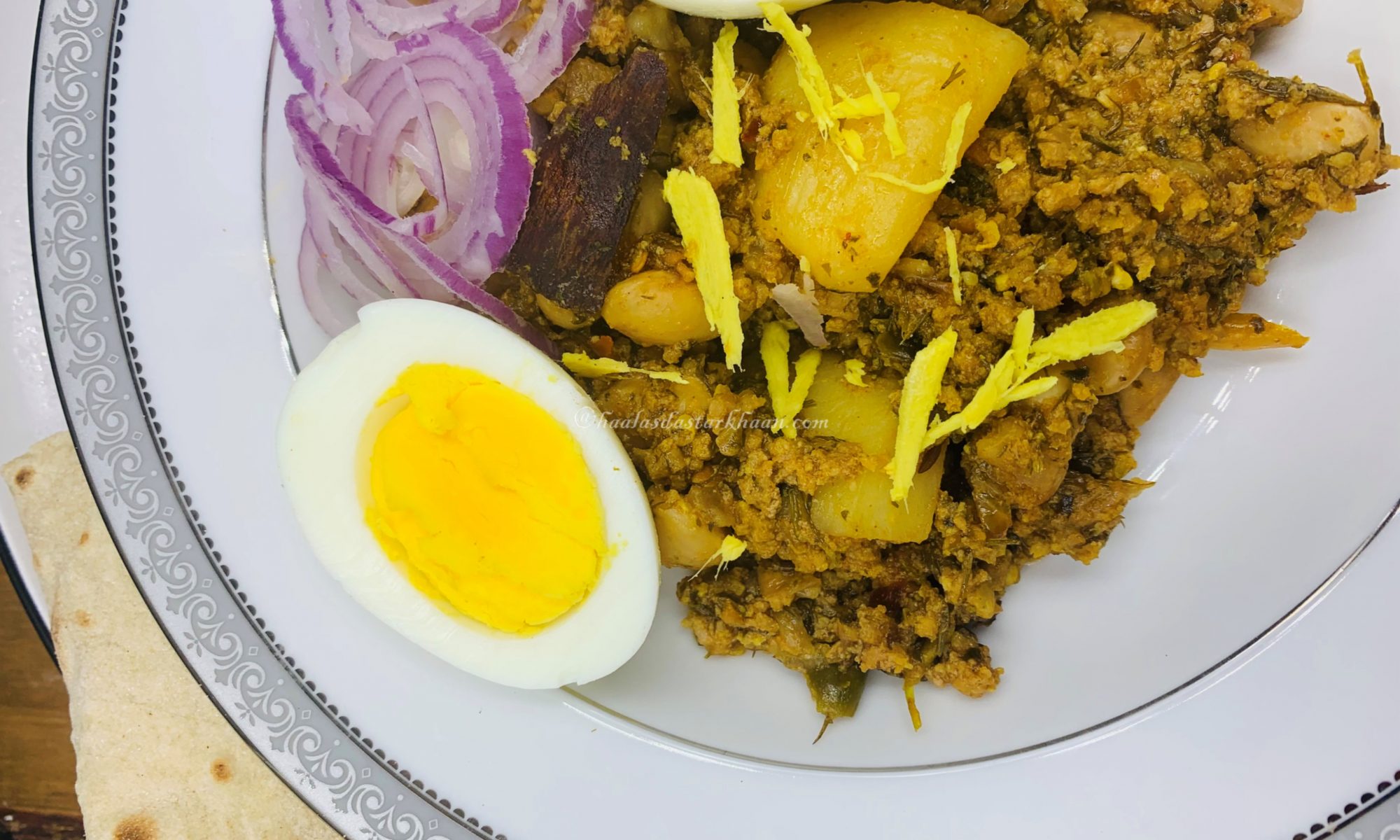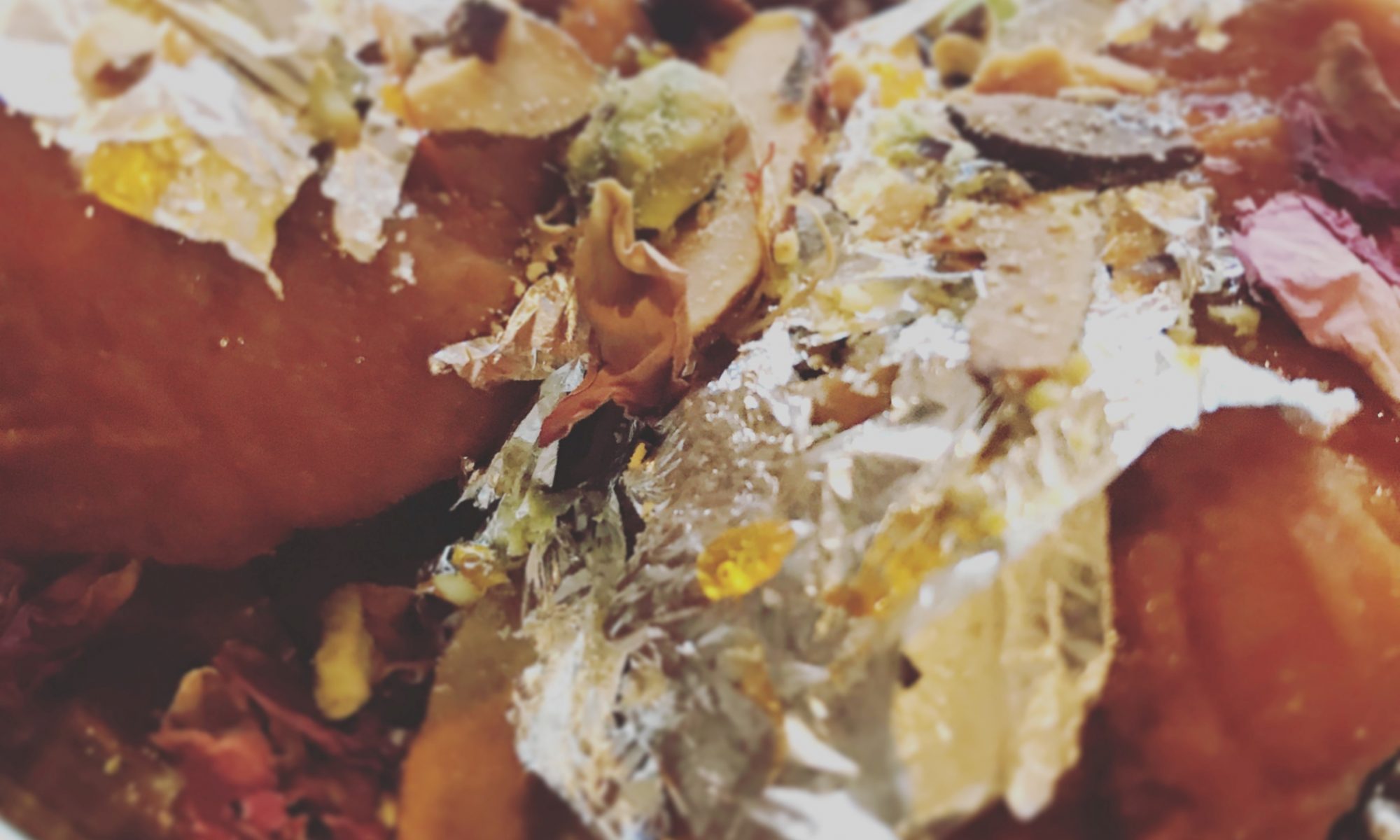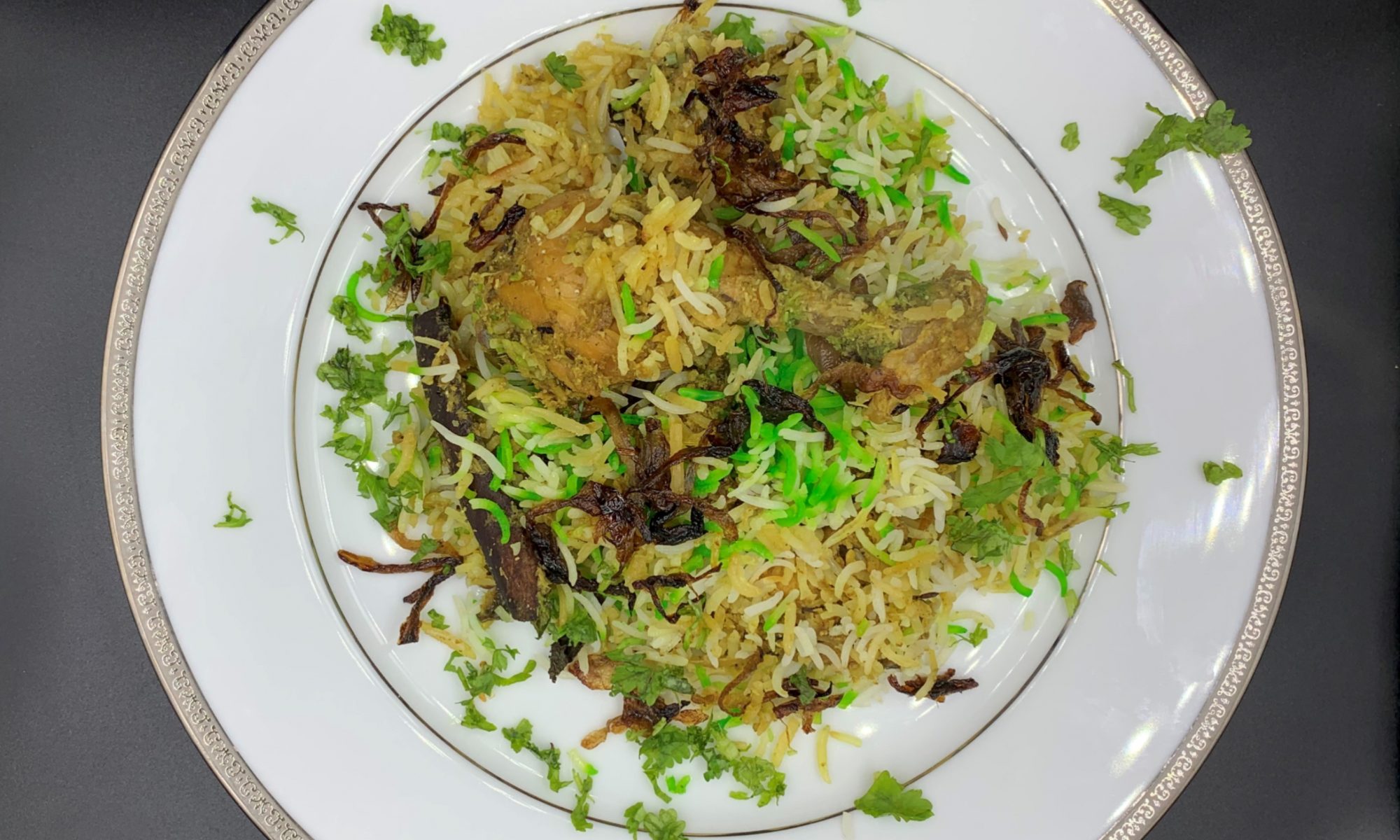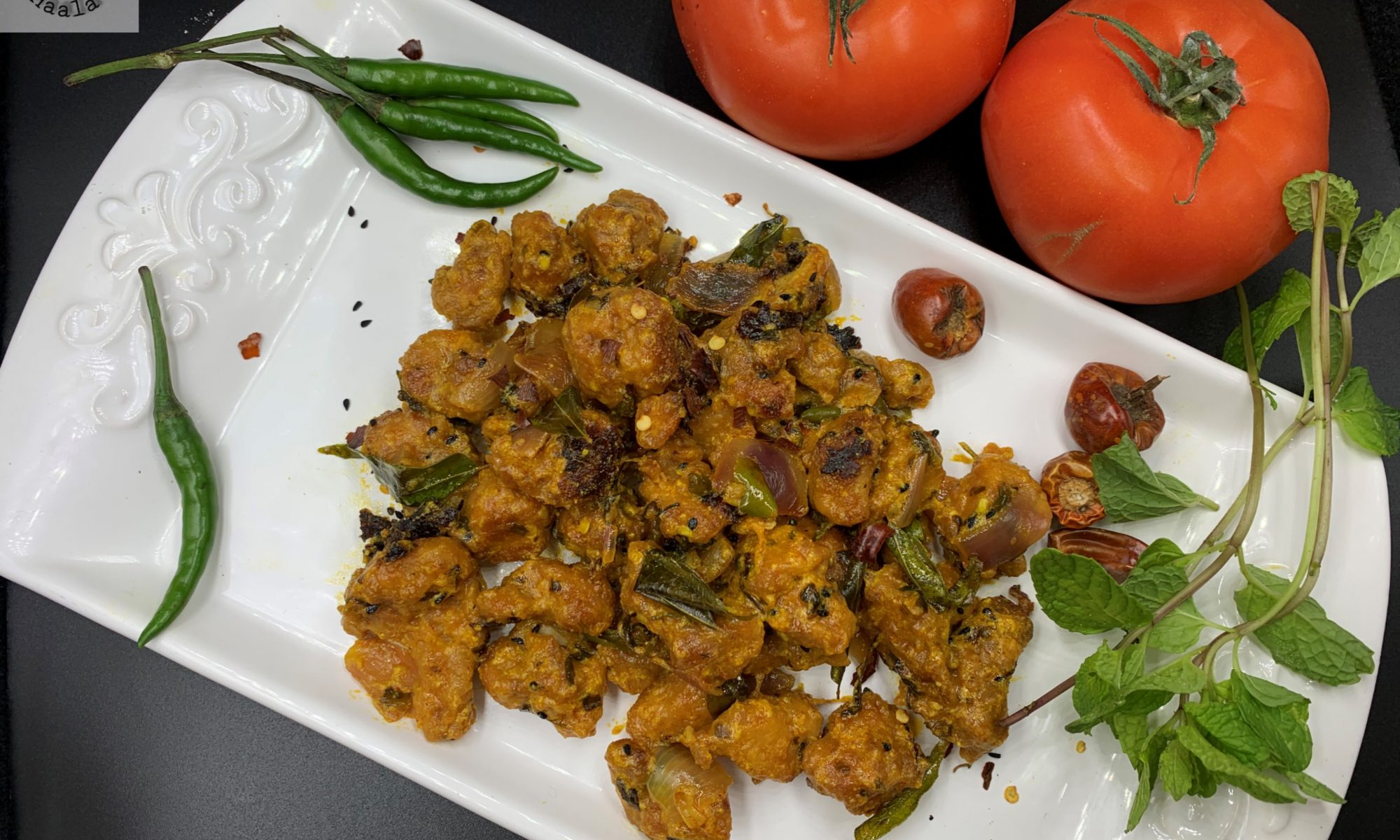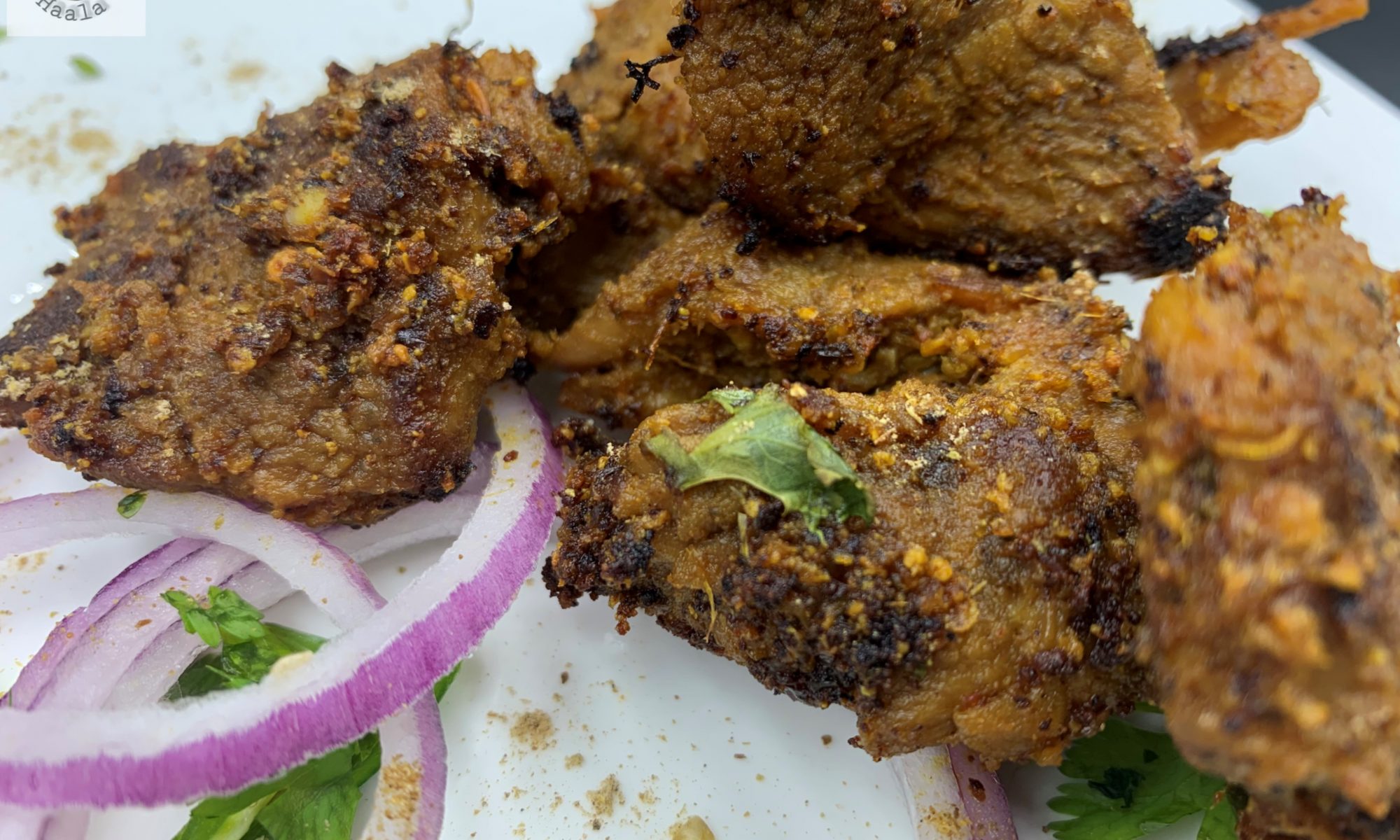As the name suggests, this recipe comes from my Mother.
🥘 Maa’s Tikka Boti: A Taste of Home and Bombay’s Irani Cafés
At my mom’s place, it’s simply called Tikka Boti. But for me, it’s Maa’s Tikka Boti—a dish that carries the warmth of her kitchen and the flavors of a memory she brought back from Bombay. Years ago, she visited an Iranian café tucked into the bustling streets of Mumbai. That experience stayed with her, and somehow, it found its way into our family’s food.
This recipe is a tribute to that moment. It’s bold, smoky, and deeply satisfying—perfect for non-vegetarians who love their meat tender and their spices unapologetic. And while kheema paav from those cafés holds a special place in my heart, it’s this tikka boti that feels like home.
A Roll, A Memory: Maa’s Chicken Creation
It started with a bite in Bombay—my mom, on vacation, tried a chicken roll at an Iranian café. She couldn’t ask for the recipe, but she carried the flavor home in her memory. What followed was years of trial, intuition, and love. Her version became a dish I adored, but it was never made casually. It was reserved for get-togethers, for moments when her effort would be acknowledged, when the kitchen’s heat—literal and emotional—felt worth it.
Growing up in Rajasthan, cooking wasn’t just about ingredients. It was about navigating 45°C summers in kitchens without air conditioning, stretching resources, and still managing to create something unforgettable. That chicken roll wasn’t just food—it was her triumph.
Maa’s Chicken Roll – A Taste of Home, Made Simple
From my mother’s kitchen to yours, this roll is a tribute to flavor, memory, and love.
Inspired by an Iranian café in Bombay and perfected over years of intuition, this dish is rich, satisfying, and surprisingly easy to make.
🧄 Ingredients:
- Boneless chicken (250g), marinated in ginger-garlic paste, red chili powder, turmeric, and salt
- Onions, thinly sliced
- Green chilies, chopped
- Freshly ground spice mix (dry roasted and blended)
- Ghee or oil for cooking
- Rotis (store-bought or homemade)
- Eggs, whisked with a pinch of salt
🔥 Method:
- Marinate the chicken for at least 30 minutes.
- Cook the chicken with onions, chilies, curry leaves, and your spice mix until semi-dry and aromatic.
- Prepare the rotis: If using store-bought, spread whisked egg on one side and fry on both sides until golden.
- Assemble the roll: Place the chicken filling inside the egg-fried roti, roll it up, and serve hot.
🍽️ Serving Suggestion:
Perfect for get-togethers or cozy dinners. Pair with mint chutney or a simple salad for a complete meal.
Is this dish different from Kathi Roll?
Exactly—and that’s the beauty of regional food traditions. Even dishes that seem similar on the surface, like rolls or wraps, carry distinct identities shaped by technique, texture, and taste 🌯✨.
Kathi rolls, especially the Kolkata-style ones, often use a flaky, layered paratha that’s pan-fried with egg poured directly onto it while cooking—creating a rich, crisp exterior. The filling is typically spicy chicken or paneer, accompanied by onions and sauces that add tang and heat.
My mother’s version, inspired by an Iranian café, sounds more delicate and home-style—less about street food flash and more about depth and comfort. The egg-brushed roti is a clever adaptation, and it gives the roll a softer, more tender bite compared to the crispiness of a Kath roll.
I appreciate both for what they are. Would I ever consider writing a piece that compares these two styles—my Maa’s roll and the Kathi roll—as a way to explore how food reflects place, memory, and innovation? I’d love to do that someday, maybe.
This isn’t just me sharing the love of this dish, but the memories with my mother and the love she poured into everything she cooked, and the flavor I always feel, no matter how hard I try, is never like hers. I guess that’s how we all are with food cooked by our mothers.
This dish is great for school/office lunches, and an easy road trip lunch/dinner.
